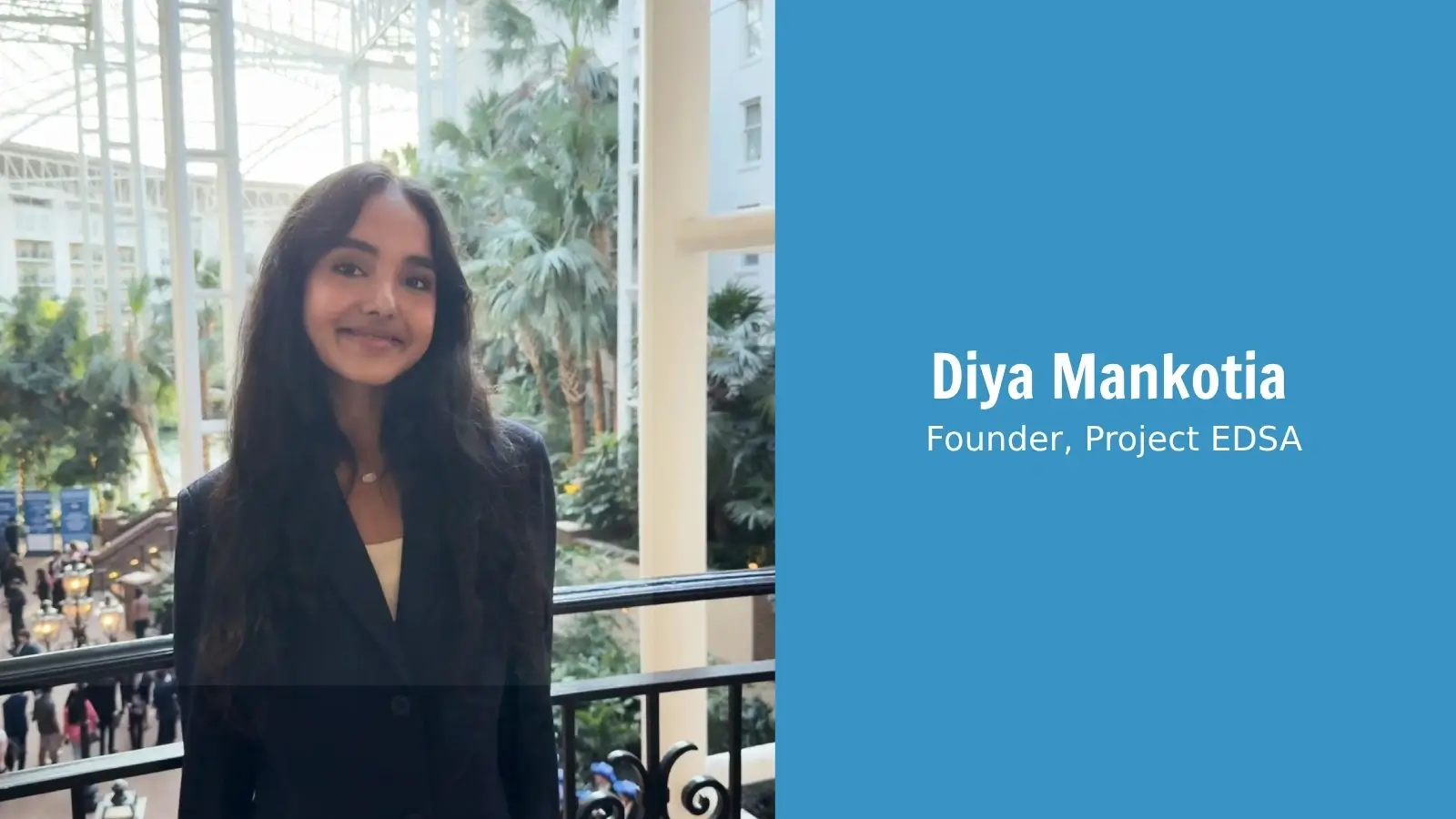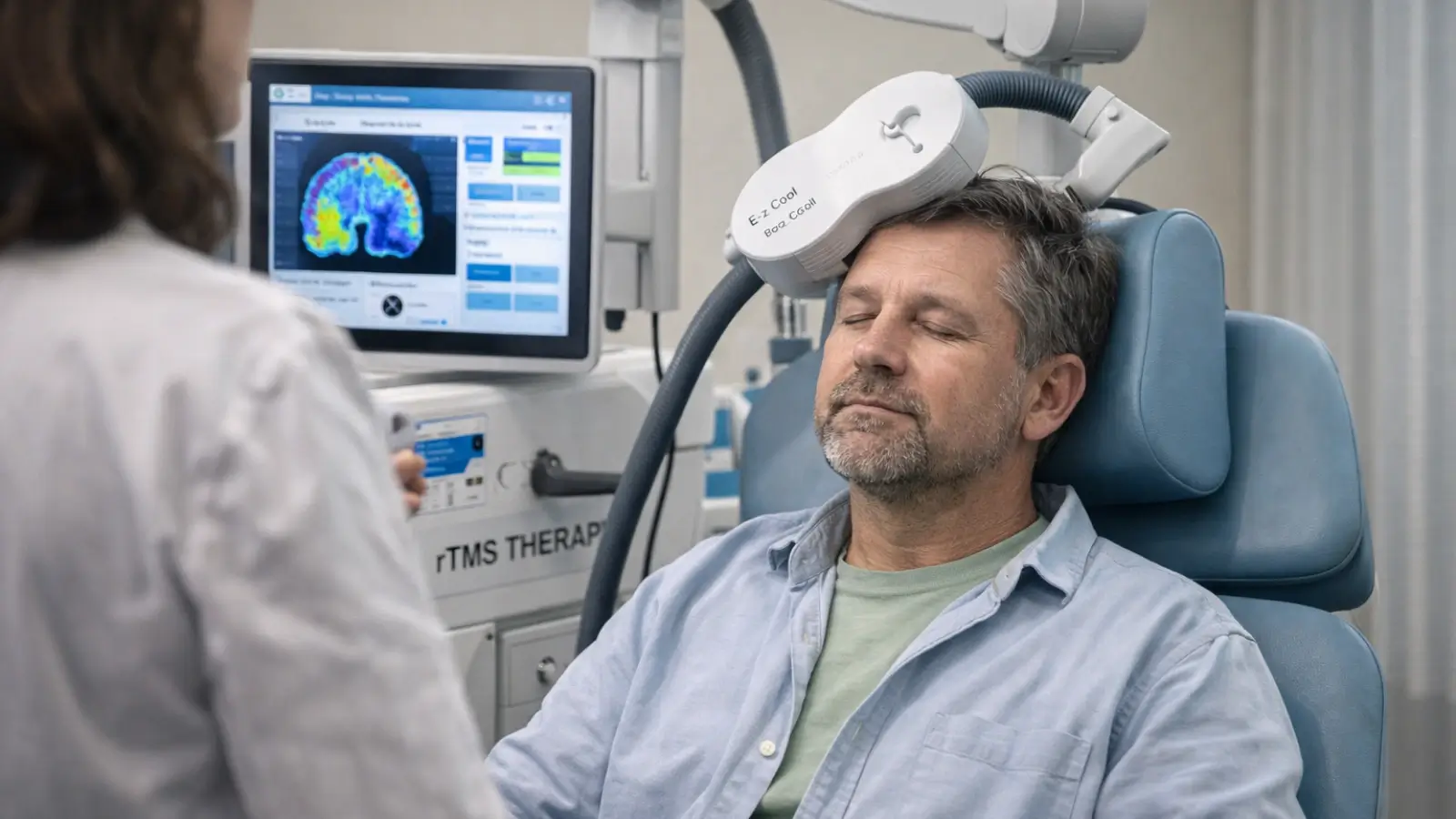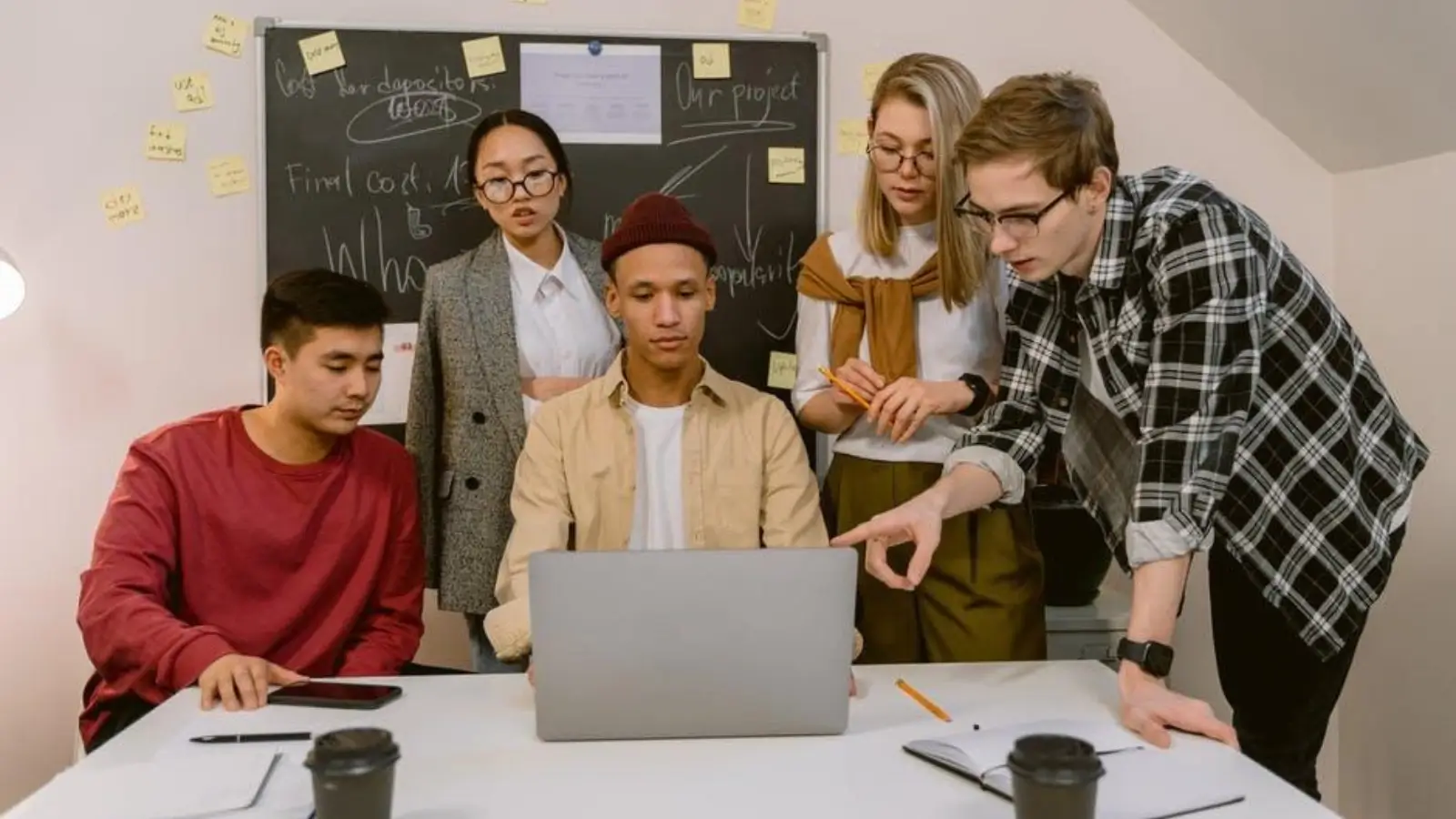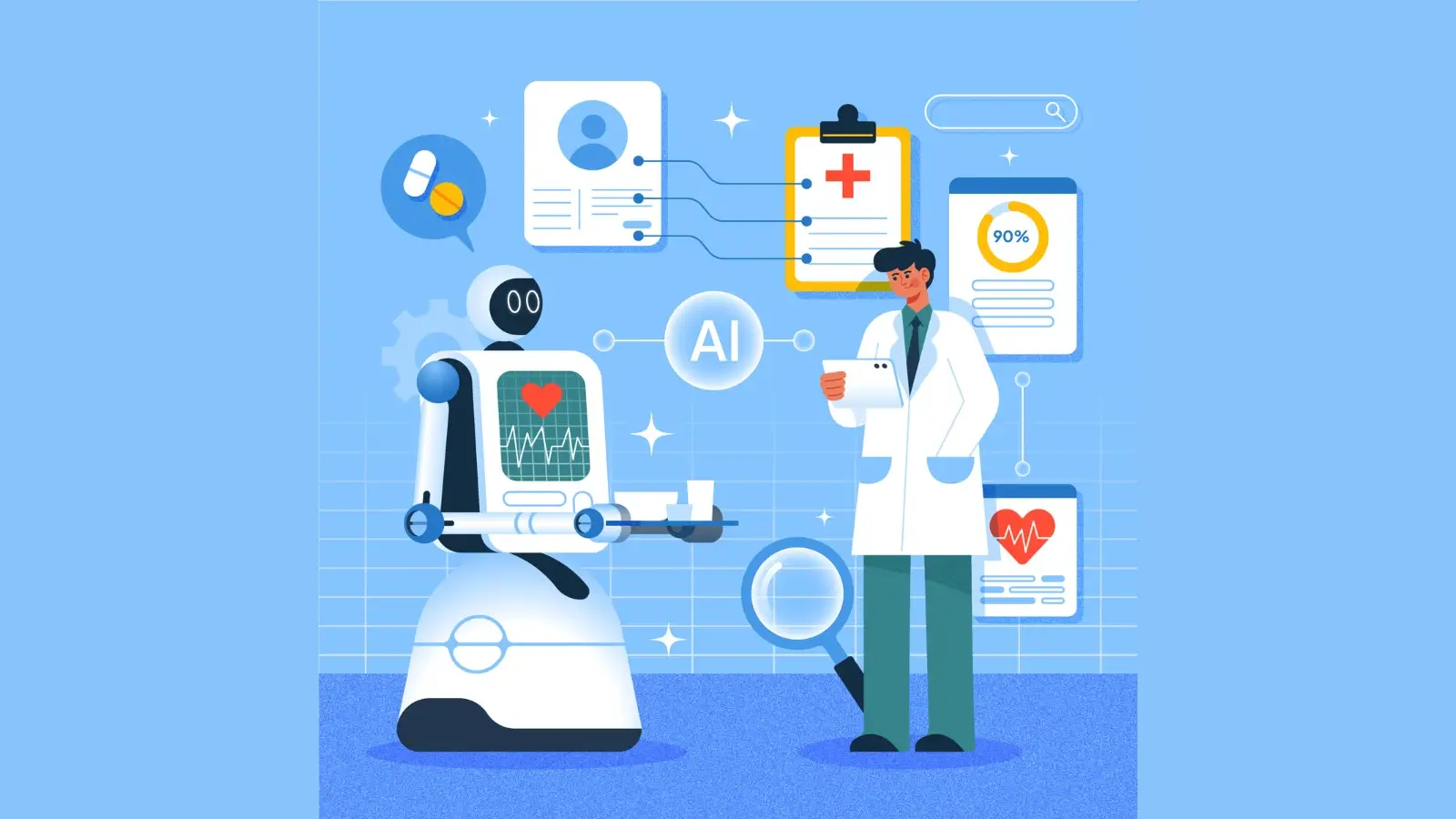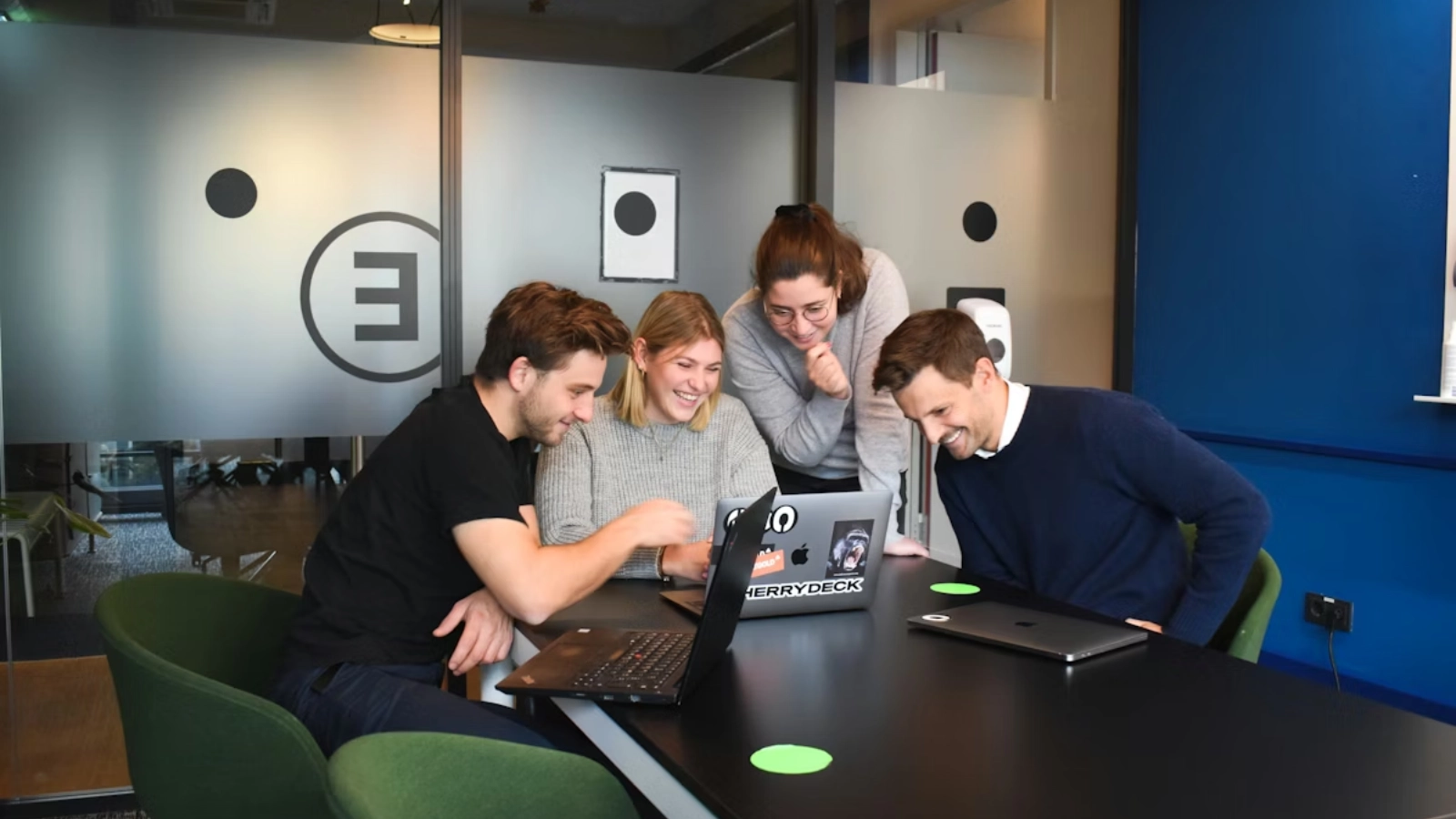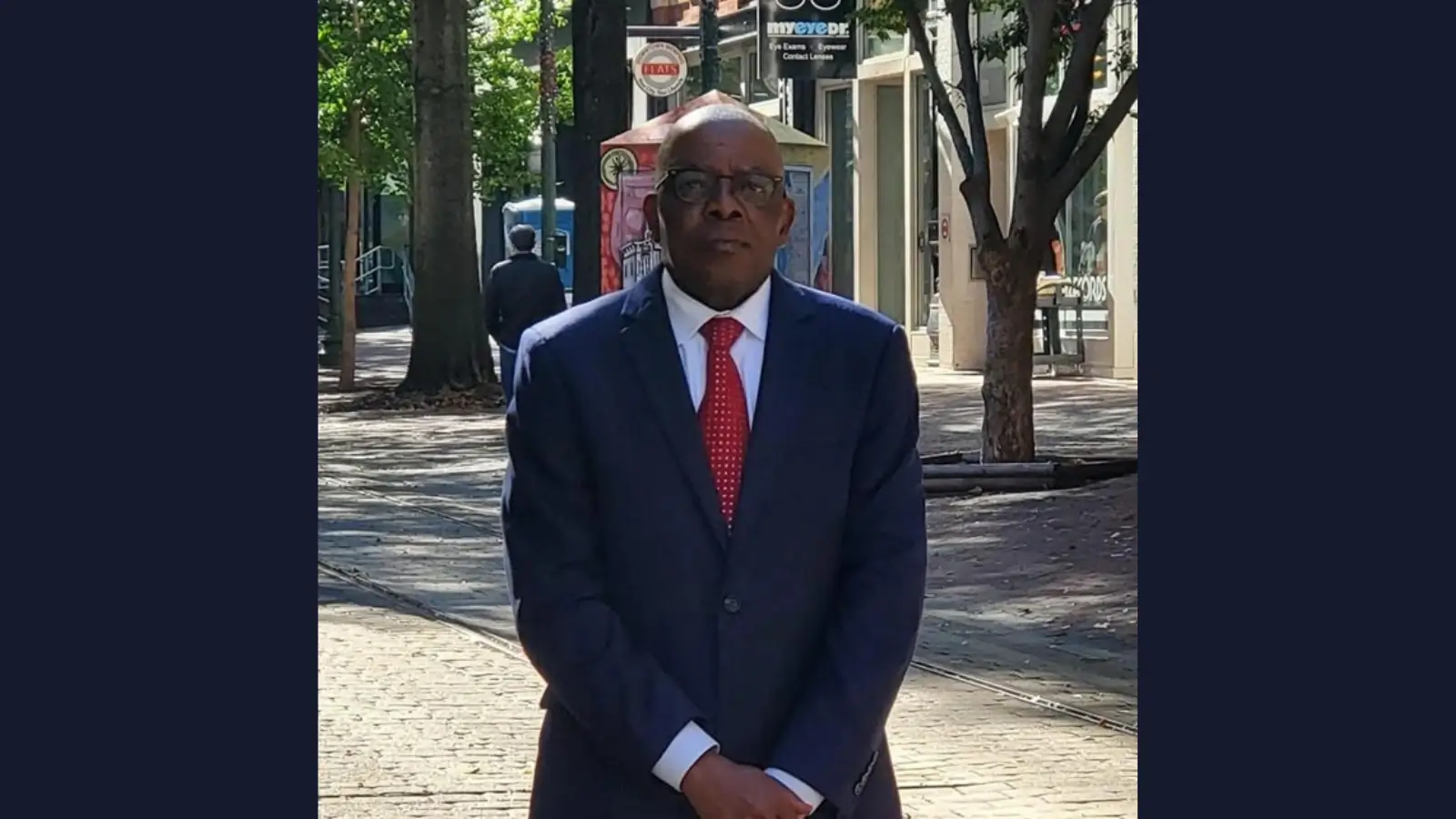In a world where conversations about mental health are often stigmatized and avoided, Diya Mankotia stands out as a compassionate and courageous leader. As the founder of Project EDSA (Everyone Deserves Support & Awareness), she has created a safe, inclusive platform to address a frequently overlooked aspect of youth mental health, eating disorders.
What started as a personal passion has grown into a youth-led movement focused on education and changing how we discuss body image, self-worth, and mental well-being. Diya’s approach is rooted in empathy, supported by research, and driven by the belief that honest dialogue is essential for healing.
Today, we’re excited to speak with Diya Mankotia, founder of Project EDSA and a passionate mental health advocate. With a background in biomedical sciences, she’s dedicated to raising awareness about eating disorders and empowering youth. In this interview, Diya shares her journey, her vision for mental health advocacy, and the impact she hopes to create.
Interview Highlights:
Q: What does mental health advocacy mean to you personally?
To me, mental health advocacy means being comfortable with being uncomfortable. Half the time, you’ll feel like you’re not smart enough to talk about this. But the truth is, it’s not about having all the answers, it’s just being willing to talk about the stuff that most people would avoid. I’m by no means an expert in this, but I am an expert in my own story and experiences. I’ve had my own ups and downs with mental health but that’s why I care so much about making sure others feel supported and heard. At the end of the day, mental health advocacy is being vulnerable enough to own your experiences and being brave enough to share them so someone else can feel supported.
Q: If you had to describe Project EDSA in one word, what would it be and why?
Connection. At the heart of Project EDSA, from our executive team to our volunteers and community partners, is the connection and sense of community we’ve built with each other. Project EDSA isn’t just something I started, but rather something that’s been built with people. From ANAD’s constant support to the encouragement I found at my high school, every step forward has been a team effort. As we continue growing, that same sense of community will continue to be the driving force behind our work.
Q: Which skill has helped you the most in leading youth-based initiatives?
Purpose. Even though Project EDSA has gone through different approaches, one thing has stayed the same since the very beginning: our purpose to create spaces where people feel heard, supported, and valued. This goal has been the glue holding our youth team together. Even as we navigate internal changes and challenges, at the end of the day, our team is all working towards creating a world where mental health education, support, and resources are accessible to anyone, anywhere.
Q: What’s one myth about eating disorders that you often find yourself debunking?
The fact that how you look has NOTHING to do with your struggles. When I was in the trenches of my eating disorder, no one had a clue because physically, I looked “healthy.” People have gotten way too used to what they think an eating disorder looks like: “an underweight, teenage, white girl,” completely invalidating anyone whose illness falls outside that narrow stereotype.
This is why I always emphasize that eating disorders are mental illnesses, not physical ones. They affect people of every size, race, ethnicity, gender, and age. Just because someone isn’t underweight doesn’t mean they’re not struggling or deserving of care.
In fact, less than 6% of people with eating disorders are medically underweight. That means the vast majority are suffering in bodies that don’t “look” sick to the outside world. Reducing someone’s struggle to a number on a scale is exactly why so many people continue to struggle in silence.
Q: A book, quote, or TED Talk that deeply influenced your journey so far?
The biggest inspiration in my work hasn’t been a book or TED Talk, instead it's been a person. Sophie Szew is someone I’ve looked up to for a long time. We met at a virtual networking event and connected right away over our similar experiences and passion for mental health advocacy.
Sophie is one of the most impactful youth mental health advocates, and speaking with her was honestly the first time I felt like my work mattered. Hearing her share her story, and realizing she once started where I was, gave me so much hope that my work could grow into something bigger.
Most of my values I hold today, of owning your story and using your voice, have been inspired by Sophie. I really am so grateful to have met her, because she is an incredible example of what you can achieve if you just keep going.
Q: What motivated you to start Project EDSA, and how did your personal experiences shape its mission and approach?
When I struggled with an eating disorder in 8th grade, even in a room full of people, I felt completely alone. No one really knew how to support me, and there wasn’t really an environment where I felt safe enough to talk about what I was going through.
Determined to change that, I started a mental health club at my high school through the ANAD School Ambassador Program, rooted in one simple belief: that everyone, no matter who or where you are, deserves space, support, and acceptance.
What started as a small project to spread awareness quickly grew into something so much bigger and made me realize that this work was needed way beyond just my school. That’s why I created Project EDSA: to build the support I wish I’d had, and to make sure everyone everywhere could access it. As I’ve worked to expand this initiative, every step takes me back to that hospital room, reminding me that I’m doing this not just for others, but for my younger self, who didn’t think she could ever recover.
Q: As someone balancing roles across biomedical education and mental health advocacy, how do you connect the dots between science, youth engagement, and social impact?
For me, science and social impact are interconnected. Each has its own place, but together they form something much stronger. In the context of my advocacy, science serves as a foundation to understand the biological and neurological roots of mental health, why certain behaviors happen, and how recovery works to heal the body and mind. However, it’s advocacy that brings this science to life. Through youth voices, personal stories, and lived experiences, we can turn facts into something people can actually connect with and more importantly, something they can act on. Whether it’s translating research into resources for our Resource Library or bringing education into schools, connecting the dots between science and advocacy is what shifts information to actual change.
Q: Could you share a challenging moment in your leadership journey, perhaps while building EDSA, and how you navigated it?
Honestly, one of the hardest parts of building EDSA was starting it while I was still struggling. When I first launched the club, I wasn’t fully recovered. I was still caught in obsessive thoughts, compulsive behaviors, and the exhausting mental loop that told me I wasn’t “sick enough” or “well enough” to speak up. Starting an eating disorder support club made me feel like a hypocrite. How could I help others when I hadn’t even figured it out myself?
But I realized there was never going to be a time when I magically would feel qualified. And if I continued waiting until I felt “ready,” I might never take the first step at all.
Starting EDSA was the first step to take back the narrative my eating disorder had controlled for so long. I’ve come a long way, and I’m definitely still learning and growing. But if there’s one thing this journey has taught me, it’s that being a leader isn’t about having it all figured out. It’s about showing up anyway, even when you don’t feel like you’re capable of doing so.
Q: How do you ensure inclusivity and cultural sensitivity in your mental health work, especially considering global audiences and diverse experiences?
I grew up in a South Asian community where even mentioning mental health was enough to invite judgment and disapproval. And when you already feel like your struggles aren’t valid, having the people closest to you reinforce that silence makes it even harder to speak up.
That’s why my mental health work doesn’t just focus on students; it focuses on the systems around them too.If we don’t recognize the different ways people experience and express struggle, we’re asking them to be vulnerable in spaces that aren’t ready to support them.
At Project EDSA, our growing resource library is built with that in mind. We think intentionally about how different communities experience mental health, and we try to design resources that actually reflect their realities. With mental health, there’s no one-size-fits-all approach–it takes ongoing learning, listening, and a willingness to understand experiences beyond your own.
Q: What vision do you hold for mental health awareness among youth over the next five years, and how do you see yourself contributing to it?
Over the next five years, I envision mental health awareness to shift from advocacy to action. At this point, most students know that mental health matters, yet there’s little effort to support it. Students are still afraid to ask for help, and schools still don’t have the training or resources to support them.
Awareness is powerful, but it’s not enough on its own. Actual change begins by shifting the focus from knowledge to application.
That’s exactly what I hope to continue doing through Project EDSA and ANAD’s School Ambassador Program. With 25+ chapters in 17 states, I hope to contribute to this effort by not only advocating for change but supporting youth to create it themselves.
Diya Mankotia: Founder, Project EDSA
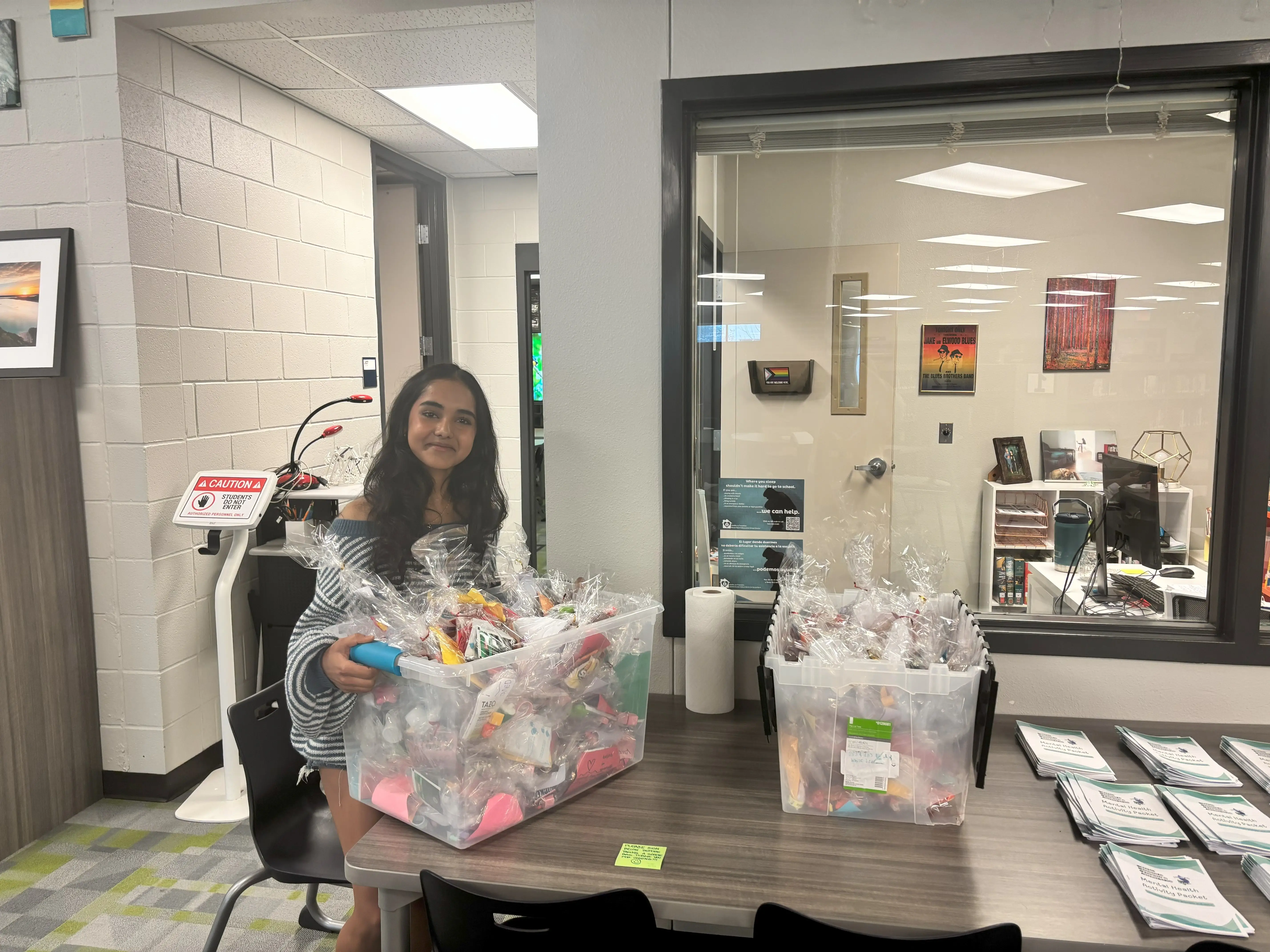
With a background in global health and biomedical sciences, Diya combines her scientific knowledge with her leadership skills. As a Program Coordinator for the National Association of Anorexia Nervosa and Associated Disorders (ANAD), she led their School Ambassador Program.
Diya’s dedication to empowering youth is truly inspiring. She leads with vulnerability and strength, creating spaces where young people can share, listen, and grow. Through her advocacy in mental health and STEM education, her message is clear: young people are not just future leaders, they are active agents of change today.
Diya Mankotia exemplifies the power of youth-led activism, bold, informed, and compassionate. Through her work, she challenges outdated narratives around mental health and is actively shaping a more understanding and inclusive future.’

